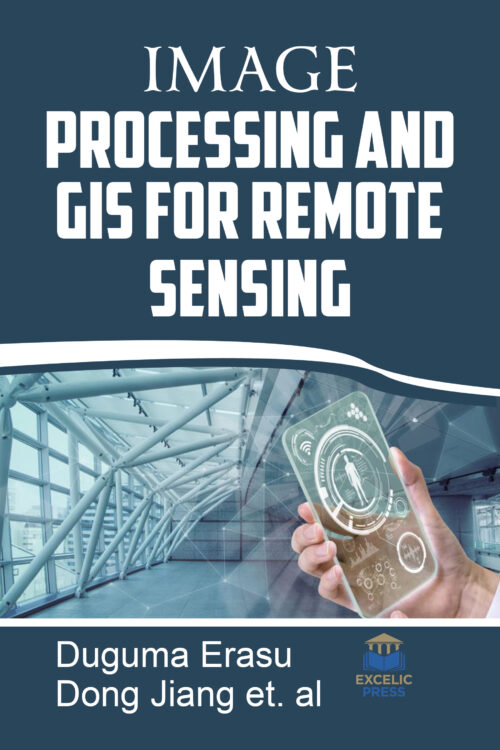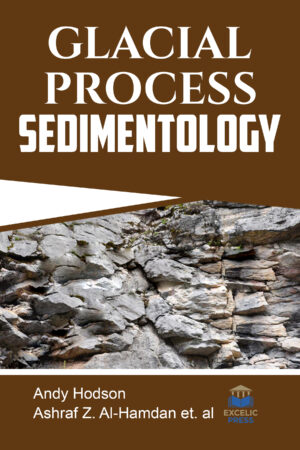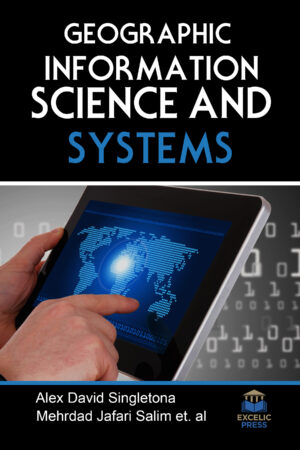Description
Now-a-days the field of Remote Sensing and GIS has become exciting and glamorous with rapidly expanding opportunities. Many organizations spend large amounts of money on these fields. Geoinformatics comprising Remote Sensing (RS), Geographic Information System (GIS) and Global Positioning System (GPS) provides extremely useful tools for environmental and natural resources management. They are widely recognized as supporting tools for the planning, monitoring, and management of the appropriate utilization of resources at the country, regional and global levels. While they represent multidisciplinary backgrounds, students in RS&GIS share a common interest, that is, to use remote sensing, GIS, GPS and other space technologies as tools in pursuing their academic work as well as in developing new technologies that are applicable to the region. Natural, physical and social activities find in remote sensing a common ground for interaction and development.
The book depicts the comprehensive coverage of image processing and GIS techniques, with clear explanations and conceptual illustrations used throughout to enhance reader learning. Nowadays it is hard to find areas of human activity and development that have not profited from or contributed to remote sensing. This book brings together material from different areas to allow readers to gain a thorough understanding of how remote sensing images are processed.
This book intends to show the reader how remote sensing impacts other areas of science, technology, and human activity, by displaying a selected number of high quality contributions dealing with different remote sensing applications.
This book is of particular interest for scientists, researchers, students, and even common people who show great interest for better understanding of our environment.





